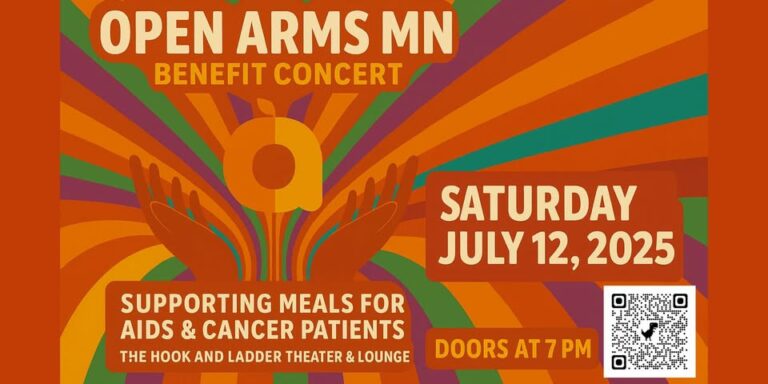This story was originally published in my book,
Never Give Up: Vignettes from Sub-Saharan
The other day I was rummaging through some files looking for a piece of information on AIDS or
Tucked between magazines, reports, and notes was a yellowed article from a 2001 township newspaper with the headline, “Hearty party wish for shy Sibongile.” A photo of Sibongile and her aunt accompanied the clipping. It was the photo of Sibongile that grabbed my attention. I pulled the article out of the file and read it for the first time since I filed it years ago. Then I read it a few more times before returning it and closing the file. I could file the article, but I haven’t been able to file the memory it evoked.
I met Sibongile only once – on Valentine’s Day, 2001, a few months before her birthday party that was reported on by the Guguletu press. My partner and I were finishing up a day of meetings with Reverend Spiwo Xapile in the townships when the Reverend told us we had one more stop to make. He said we were going to a local hospital to visit an AIDS orphan who was very ill. “You need to come with me,” he said, “to meet Sibongile and take pictures of her. Americans need to see what AIDS is doing to our children, and you will need photos to tell Sibongile’s story.”
I remember the drive from Guguletu to the hospital as being very quiet. Reverend Xapile was right, of course. If Americans were ever going to understand AIDS in
I remember asking one question on that drive: “How old is Sibongile?”
“Four years,” Reverend Xapile answered.
At the hospital, we walked down a long corridor into the children’s ward. There were maybe two dozen beds in the large room – a child in each one. Some children were sleeping; others were awake and playing quietly in their beds or just looking around the room. A few women sat by the sides of beds next to children. Maybe they were moms, grannies, or aunties. Most children had no one at their side.
Sibongile was sleeping. She wore a child’s hospital gown. Her broken right arm, the result of a fall, was in a cast. Her arm might heal, but the HIV-related pneumonia that kept sending her back to the hospital would eventually kill her. My partner and I stood on one side of the bed while Reverend Xapile stood on the other and gently nudged Sibongile awake.
The Reverend spoke to Sibongile in Xhosa. She had that awakened-from-a-sound-sleep kind of confusion. Her responses to Reverend Xapile were so soft that we could not hear them, even though we stood just feet away.
Sibongile didn’t know there were two white Americans next to her until the Reverend told her and she slowly turned her head to see us. She was frightened. We both immediately smiled, said “molo,” and did what most Americans would do in that situation – we gave her gifts.
We had bought a box of candied hearts and a Mickey Mouse doll in honor of Valentine’s Day. Sibongile took the gifts but didn’t respond to them. She lay in her hospital bed, looking at the Reverend and at us, holding Mickey, but saying nothing and doing nothing.
Reverend Xapile broke the silence with, “Take some photos.”
I took my camera out, made some inane comments to Sibongile about taking her picture, and began shooting. My partner did the same with his digital camera. It was awful. Sibongile didn’t respond to the cameras, the Reverend looked pained, and my partner and I were uncomfortable in our roles as amateur photographer/voyeurs. I clicked. My partner snapped. We all felt terrible.
Looking at Sibongile’s image in the screen of the digital camera, my partner got an idea. He showed Sibongile the small screen of the camera that displayed the picture of her he had just taken. The apprehension on Sibongile’s face immediately disappeared, replaced with a look of utter astonishment. As my partner scrolled back through all of the photos he had taken of her, Sibongile’s surprise turned into sheer joy. If a photo had the Reverend in it, she would look at him, then look back at the camera, and then look at the Reverend again. She did the same with photos that showed me in the frame. She would look at the image, then at me, and then back at the camera, simultaneously confused and amazed.
Within minutes, Sibongile had gone from being totally listless and frightened by our visit, to being almost animated. She used her unbroken arm to propel herself into an upright sitting position. My partner would take more photos, these of a smiling Sibongile, and show them to her. Her smile erupted into laughter, and she began rapidly speaking to Reverend Xapile in Xhosa. Now she was playing with her Mickey Mouse doll and eating the candied hearts we had given her. She got out of her hospital bed and sat on a child’s plastic chair next to her bed, with Mickey in one hand and the box of candy in the other.
This seemed like a good time to go. Reverend Xapile explained that we needed to leave and Sibongile nodded, never breaking the smile on her face. My partner took one last photo of a beaming Sibongile as we walked out of the hospital.
A few days after our visit, Sibongile was well enough to leave the hospital. Her aunt picked her up and took her home. Sibongile would be in and out of the hospital a few more times, but she was well enough to be home with her aunt for her fifth birthday party, which according to the newspaper article, was a huge affair attended by neighbors, members of Sibongile’s church, and more than 40 children from her preschool.
I wasn’t at the party, but I have been to enough children’s birthday parties to imagine what it must have been like. And on Valentine’s Day, 2001, for a brief period of time, when Sibongile was discovering something new in a digital camera, I got a glimpse of what she would have been like had she been born healthy and had a chance to have a normal childhood and a normal life.
I know what happened to Sibongile after her last birthday party, but that’s not how I want to remember her. I want to remember her as the little girl who sat with her Mickey Mouse doll and candies, waving good-bye to us at the hospital. I want to imagine her as the local newspaper reported – as a regular kid dancing at her birthday party with “her hips swaying from side to side.”








